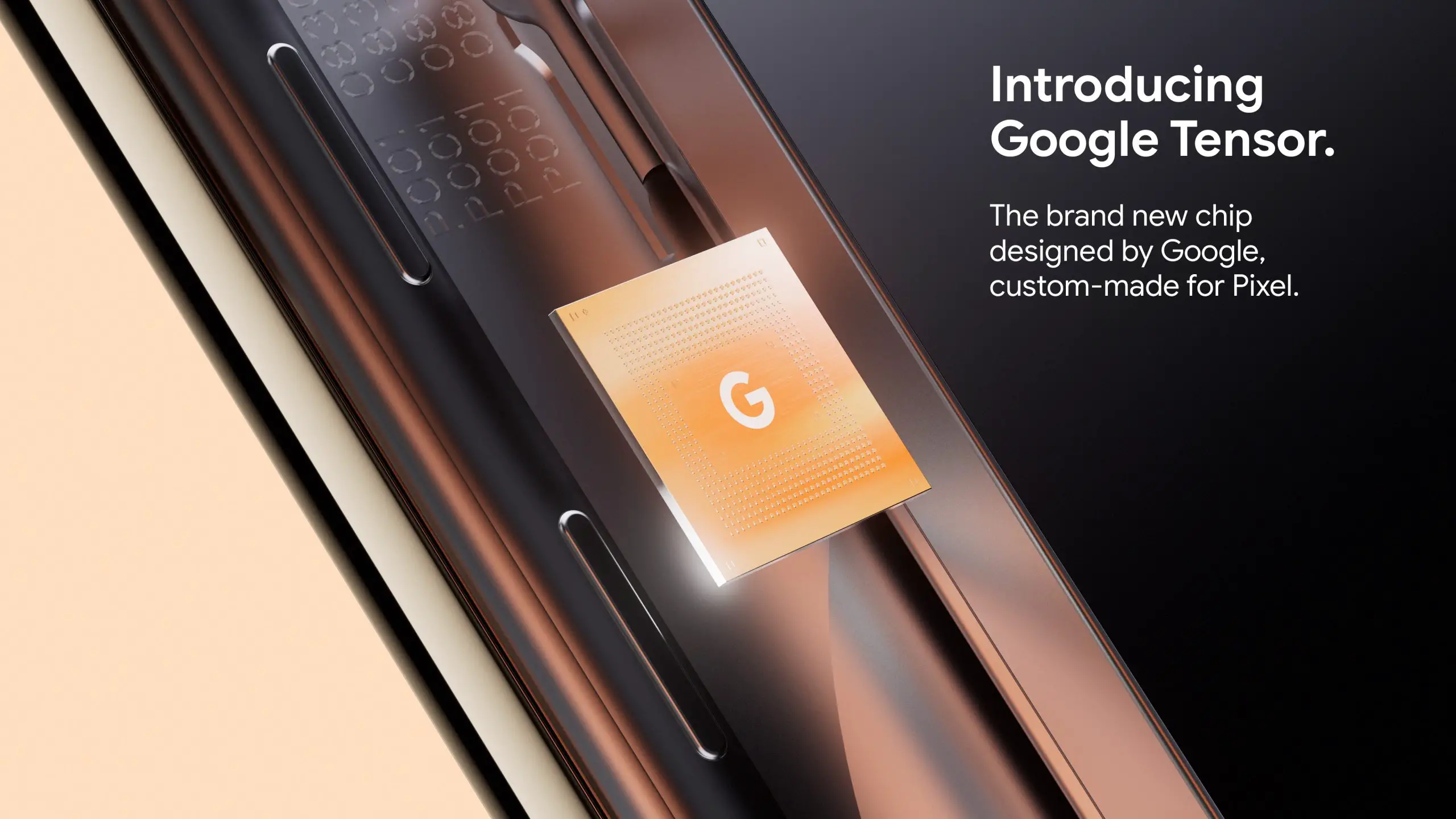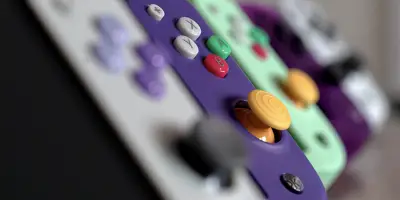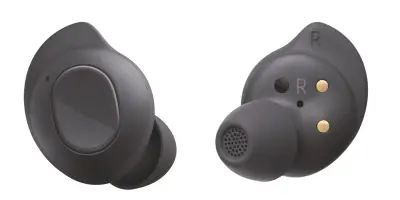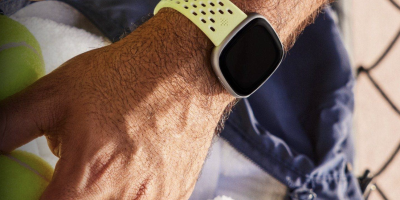Google’s Pixel 6a is only a month away from launching, and it builds upon the legacy and hype created by Google’s earlier Pixel “A” series devices, which offered great value for money, offering a great set of features that are usually found on higher-end Pixel phones at a price that’s a bit more forgiving.
If you’re a first-time Pixel buyer and are looking to get the latest that Google has to offer, then this is certainly a tempting device. However, its mid-range device status means that there will be some compromises regarding hardware and performance. With that said, you might want to opt for a phone that has a bit more bells and whistles, such as the Pixel 6, which is more affordable than the top-of-the-line Pixel 6 Pro model.
As such, we’ve put together a quick comparison of the two devices, so you can get a general picture of what you’re getting with each device. Let’s take a look!
Processing Power

Let’s start off with processing power – both phones come with Google’s first-generation Tensor chipset. The company has decided to move away altogether from using Qualcomm’s Snapdragon chips in its phones, instead opting for a first-party solution (although the Tensor was developed in tandem with Samsung).
From a performance standpoint, this puts the two phones at a similar level. If the Pixel 6’s performance is any indicator, then the Pixel 6a shouldn’t have any trouble opening and running apps, multi-tasking, as well as day-today smartphone operations. Of course, RAM is also a consideration when it comes to smartphone performance, in which case the Pixel 6’s 8GB of RAM trumps the slightly less 6GB inside the 6a.
Given Google’s ability to optimize software with seemingly “basic” hardware, however, the Pixel 6a shouldn’t have much trouble keeping up with the competition, especially for moderate smartphone users.
Cameras
![]()
In terms of camera hardware, the Pixel 6 and 6a both come with a dual-camera array on the rear panel. The Pixel 6 has a 50-megapixel main camera accompanied by a 12-megapixel ultrawide lens. If megapixel count were the only basis, then this definitely trumps the Pixel 6a which only has a 12.2-megapixel main lens, although it does also have a 12-megapixel ultrawide lens. Both devices also have an 8-megapixel front camera for selfies and video calls.
When it comes to Pixels however, one thing to remember is that while they may vary when it comes to individual hardware specs, camera quality tends to be quite similar mostly due to Google’s computational photography. For example, Night Sight shots taken on one Pixel phone will look similar to those shot on another, portrait shots look very identical, and so on. This isn’t to say that all Pixel phones will produce the exact same photos on their cameras, though – there’s been talks that the Pixel 6a might not come with motion mode photography as seen on the Pixel 6 and 6 Pro.
Regardless, the Pixel 6a’s camera should undoubtedly give great imaging performance, especially when compared to similarly-priced phones from competing brands.
Design and Screen
![]()
The two Pixel devices share a very similar look with a glossy back panel, the distinct Pixel camera window (recently introduced with the 6 series), a metal railing which surrounds the side of the phone, and an overall rectangular design which carries over into the display. Both phones have an OLED panel in front, with a 6.1-inch screen for the 6a and a 6.4-inch screen for the Pixel 6.
The 6 does have an advantage however – its larger display comes with a smoother and more fluid-looking 90Hz refresh rate, and if you’ve gotten used to today’s smartphones which offer high refresh rates and wide screen sizes, then the Pixel 6a will take a bit of getting used to as it only comes with a standard 60Hz refresh rate display. The Pixel 6’s screen is also covered with a layer of Gorilla Glass Victus, while the Pixel 6a is limited to Gorilla Glass 3 protection. Additionally, the Pixel 6a’s rear panel is only made of plastic, versus Gorilla Glass 6 on the Pixel 6.
The Pixel 6a is the first A-series Pixel phone to omit the micro-SD card slot, rear-mounted fingerprint sensor, and 3.5mm headphone jack, which to be honest is a bit of a shame given that its predecessors always came with both features. It does however come with IP67 certification (the regular 6 has IP68 in comparison).
Battery
![]()
In terms of battery capacity, the Pixel 6a packs a slightly smaller power unit, coming in at 4,410 mAh. Again, the Pixel 6 takes this one thanks to its 4,614 mAh battery, although the difference isn’t too much. Pixel phones have always been battery-efficient for the most part, and given the 6a’s lack of a high display refresh rate, as well as a smaller display, it’s very likely that the mid-ranger might provide users with impressive battery longevity.
Price and Availability
Price is one big difference between the two handsets. The Pixel 6 is more expensive coming in at $599, while the Pixel 6a will arrive with a lower price tag of $449. It’s a considerable difference in price, although the 6a’s more affordable price does make it a bit more appealing.
Of course, there are some compromises with the hardware, such as the ones we’ve mentioned above, in which case you should go with the Pixel 6 if you are after better specs. However, if all you want is the “Pixel Experience” for not much coin, then we’d suggest waiting for the 6a’s official release.
What do you think? Is the newer Pixel 6a the one to get this year, or is last year’s Pixel 6 an overall better purchase? Let us know in the comments below.
Note: this article may contain affiliate links that help support our authors and keep the Phandroid servers running.










Comments